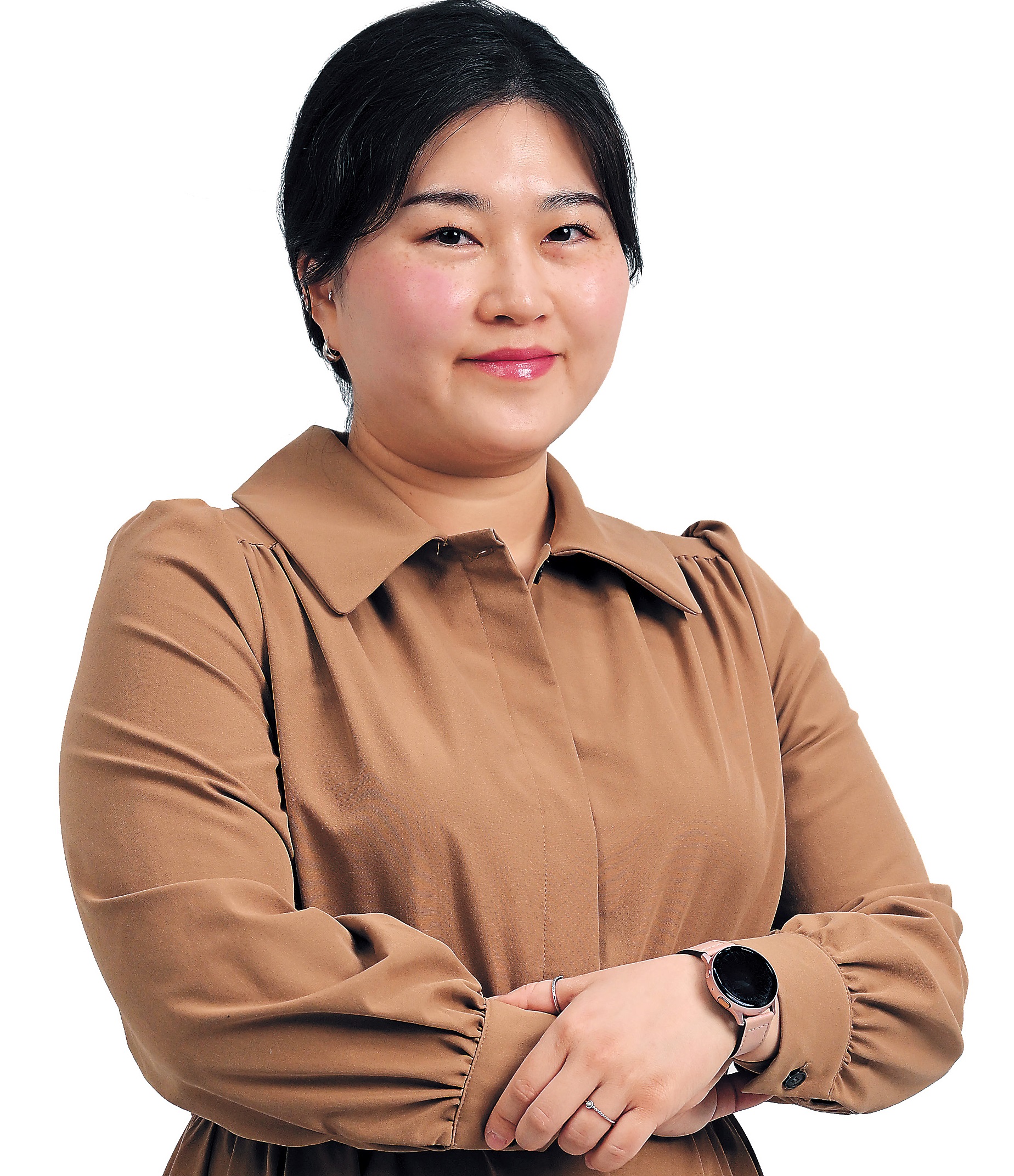[Community Discovery] Beyond Bukhansan Park: Dobong seeks to emerge as cultural hub
From K-pop-themed arena to hanok village and sock industry, northernmost Seoul district seeks sustainable makeover to lure tourists, new residents, investment
By Lee JaeeunPublished : July 10, 2024 - 14:43

Dobong, a gateway connecting Seoul with northern Gyeonggi Province, has historically been a bedroom community lacking the industrial infrastructure necessary for economic growth.
The district's abundant green space, including Bukhansan National Park, and national conservation efforts have constrained its ability to attract businesses, limiting local job opportunities. However, the district head is now seeking sustainable ways to generate new income by leveraging the national park and promoting carbon-free industries such as culture and entertainment, particularly to foreign tourists.
"Dobong Mountain attracted approximately 3.7 million visitors last year, many of whom were foreigners due to its status as the capital's most famous mountain," said Dobong District Head Oh Un-seok in an interview with The Korea Herald. "Additionally, the landmark ‘Seoul Arena,’ the first K-pop-centered cultural venue with a capacity of up to 28,000 people, is set to be completed by March 2027 and will host K-pop concerts and other major events.”

The completion of Seoul Arena is expected to draw a significant influx of foreign tourists and prompt several entertainment companies to relocate to the area, spurring economic growth in Dobong-gu, according to officials from the Dobong-gu Office.
Oh also highlighted plans for the site vacated by the Chemical, Biological, Radiological and Nuclear Defense Unit within the district.
“We have decided to develop a Hanok Village at this location, which will be much larger in scale compared to existing Hanok Villages. The site will host the relocated ‘Kukkiwon,’ the World Taekwondo Headquarters. Once Kukkiwon is completed, Dobong-gu will become a venue for various international Taekwondo competitions,” he said, adding that the plans have been approved by the central and city governments.
The district is also focusing on improving accessibility. “To revitalize Dobong Mountain as a major tourist destination, we are working on building a cable car and a youth hostel,” Oh stated. “These projects are designed to make the mountain more accessible and attractive to both local and international visitors.”
These strategic developments aim to boost Dobong-gu's appeal as a tourist destination while fostering long-term economic sustainability and growth.
For many years, Dobong-gu has been marginalized in terms of development compared to central Seoul due to the district's proximity to Bukhansan National Park.
Regulations have hampered redevelopment and reconstruction projects within the district, limiting urban renewal and development efforts.
In 2021, Dobong-gu topped in population outflow among Seoul’s 25 districts and was 24th in residential satisfaction and job adequacy. In recent years, Dobong has been seeking a makeover along with the city government's "Gangbuk Renaissance" redevelopment scheme. The plan relaxes the height restriction of buildings and lifts restrictions on areas formerly banned from redevelopment.
“My goal is to create an environment where residents can find quality jobs within the district, reducing the need to commute long distances,” he stated. “We are focusing on enhancing local amenities, attracting businesses and creating a vibrant community that meets the needs of its residents.”
The district office is processing 83 reconstruction projects to improve outdated housing facilities and turn them into large-scale apartment complexes. Oh believes the new residential infrastructure would attract a substantial influx of new residents and invigorate the local economy.
Dobong has been traditionally the center of the sock industry in South Korea, and Oh wants to expand the business to help Dobong-gu become a self-sustaining community.

“Globally, 'Made In Korea' socks are recognized for their high quality and are considered luxury items. Dobong-gu is the heart of Korea's sock industry, responsible for over 40 percent of the nation's sock production and 70 percent of Seoul’s output. Thanks to the 200 sock manufacturers within our district, Dobong’s sock industry is known worldwide for its excellence.”
Exports of socks made in Dobong are also a key agenda item as the district head visited the LA Korean Festival and the World Korean Business Convention last year, securing export contracts worth $100,000.

To modernize the sock industry, Oh stressed the need to create a unified sock brand and a cluster of sock manufacturers.
“We are moving away from traditional manual production methods and modernizing equipment with support from the district office. Additionally, we aim to create a cluster similar to Pyeonghwa Market, enabling foreign buyers to visit Dobong-gu and finalize contracts more efficiently.”
As the youngest district head in Seoul, Oh said he would continue to hear from residents about Dobong's healthy development.
"I still go out to meet residents at the subway stations within the district every morning and evening," Oh said. "I have resolved almost all the complaints I heard directly from the people. I promise to remain a district head who actively communicates with the residents."

This article is the eighth installment in a series of feature stories and interviews that delve deeper into the hidden stories of Seoul's 25 districts. -- Ed.








![[Herald Interview] How Gopizza got big in India](http://res.heraldm.com/phpwas/restmb_idxmake.php?idx=644&simg=/content/image/2024/11/20/20241120050057_0.jpg&u=20241120164556)
![[KH Explains] Dissecting Hyundai Motor's lobbying in US](http://res.heraldm.com/phpwas/restmb_idxmake.php?idx=644&simg=/content/image/2024/11/20/20241120050034_0.jpg&u=)








![[Today’s K-pop] Blackpink’s Jennie, Lisa invited to Coachella as solo acts](http://res.heraldm.com/phpwas/restmb_idxmake.php?idx=642&simg=/content/image/2024/11/21/20241121050099_0.jpg&u=20241121172748)